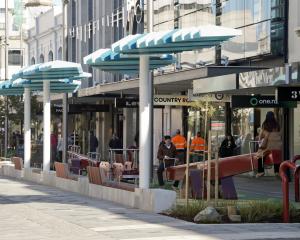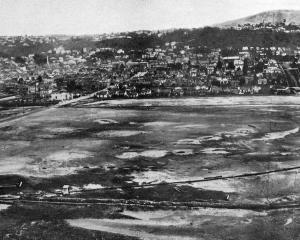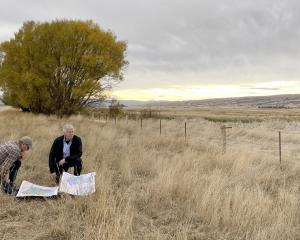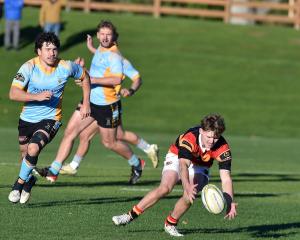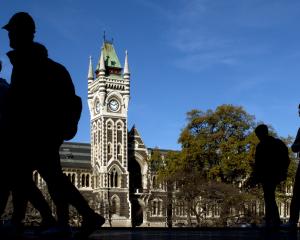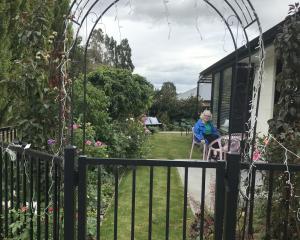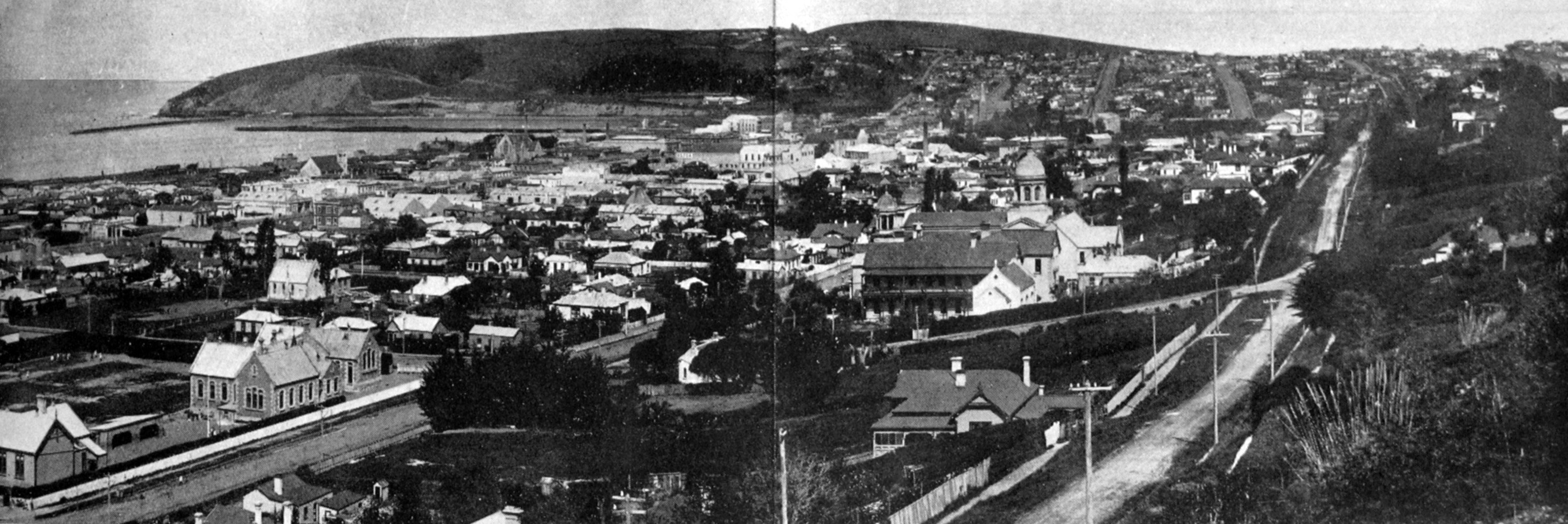
Plunket system in Palestine

Early harvest peachy
The first of the season’s early peaches and apricots (telegraphs our Cromwell correspondent) went forward to Dunedin this morning from M. De Bettencor’s orchard at Lowburn Ferry. In a few weeks big supplies will be going forward. Six cases of apricots, grown by Mr P. Miller, of Clyde, were sold under the hammer in Dunedin yesterday morning at 8 1/2d per lb. The apricots were the first to reach the local market, and they were exceptionally early.
It is reported from Otago Central that both apricots and peaches will be plentiful this season. The quality is also reported to be far better than usual, as the growers are thinning the crops to obtain the best fruit.
Museum on verge of collapse
Visitors to the Museum just now will notice a number of changes in the appearance of the ground floor display in the main building, where a number of familiar show cases have been replaced largely by anthropological exhibits. The reason is not that fresh space has been found for the Museum’s treasures or that the authorities desire, to introduce new curios to the notice of visitors. The truth is that the dilapidated old annexe, which has so long raised the standing protests of all interested in the welfare of the Museum has, at length, reached the stage when its collapse is so imminent that the authorities would no longer be justified in leaving any exhibits within its walls.
As most people know, this annexe is part of the original buildings of the New Zealand and South Seas Exhibition of 1889. Even allowing for its age, it has not specially distinguished itself in its defiance of the ravages of time. The water-stained walls and roofs, with dropping plaster and paper hanging in strips, prepare one for the mouldy, musty smell that pervades the rooms. A casual inspection shows that the partition between the two rooms has broken away some inches from the main wall. The floor has shaped itself into a series of waves and undulations that would doubtless delight the heart of an enterprising small boy with a scooter. Part of this erection was the art gallery of the Exhibition, and possibly this accounts for the fact that what might be taken as an exaggerated imitation of the Grecian curve of beauty is everywhere manifest about the woodwork. Some day a puff of wind will bring the whole thing tumbling down. The exhibits have been safely rescued, but the problem of a permanent home has yet to be solved.
— ODT, 12.12.1923



